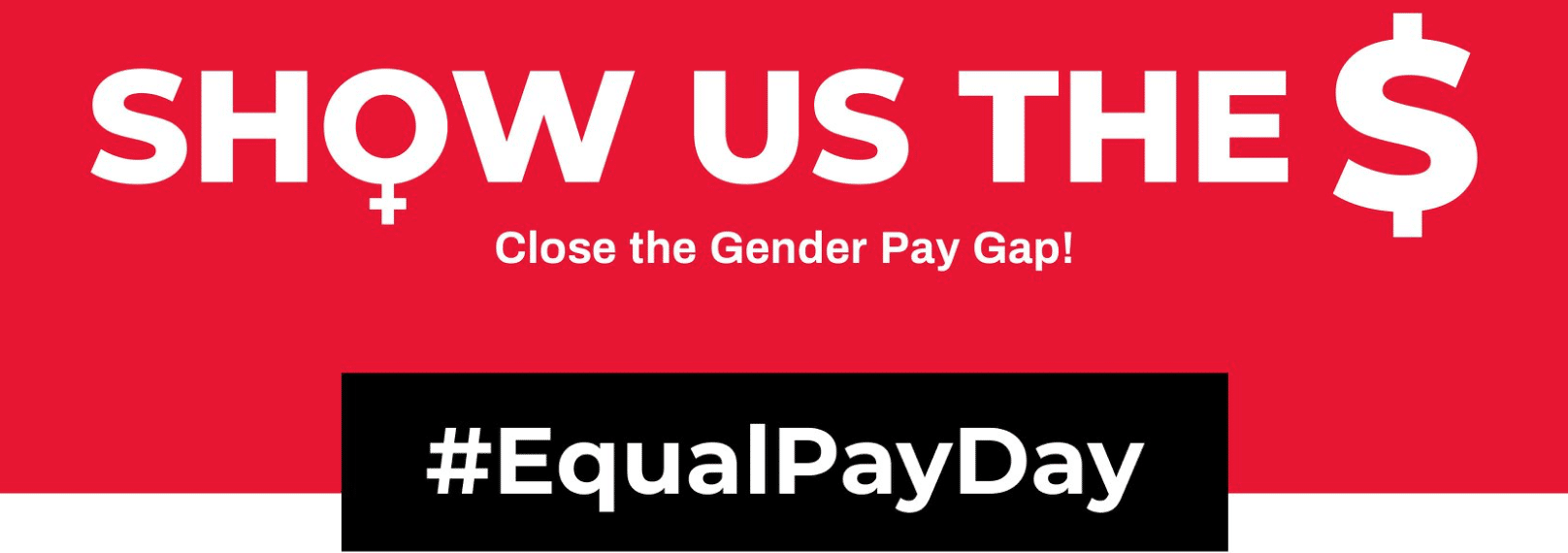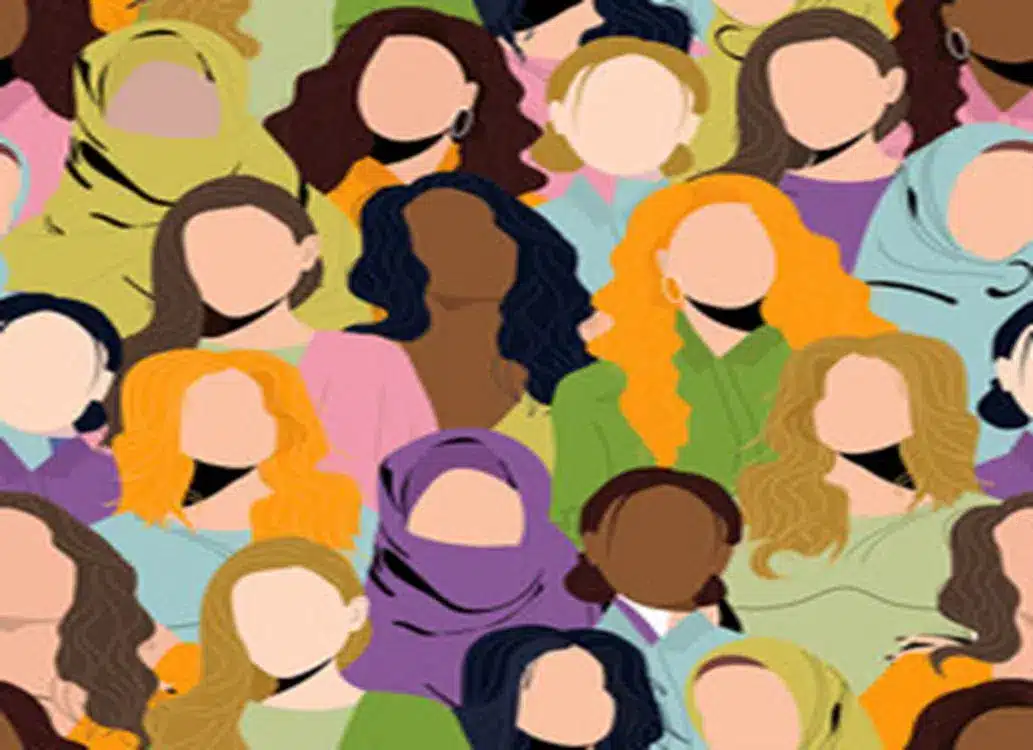It is the day when women and men around the province recognize the pay gap between working women and men and call for planning and action to redress such pay inequity.
Ontario’s gender pay gap according to Statistics Canada data is 31% based on all male and female average annual earnings (including part-time workers). This is an increase of 3% from the previous year. If you measure the gap using full-time, full-year average annual earnings the gap is still 26%, an increase of 2% over the previous year. Such gaps are among the highest in the world.
The rights of women to equal pay for work of equal value and equal treatment in pay and employment opportunities are internationally recognized human rights standards which Canada has ratified and bind Ontario.
Women represent nearly half of Ontario’s paid labour force. Families and communities rely on women’s pay. The purpose of Equal Pay Day, as US President Obama declared in his 2014 proclamation, is to “recognize the full value of women’s skills and their significant contribution to the labour force, acknowledge the injustice of wage discrimination and join efforts to achieve equal pay.”
Some ways to close the pay gap:
- Employers, as required by the Pay Equity Act and the Human Rights Code, must examine and correct their compensation systems which pay women’s work less than comparable men’s work.
- Identified pay gaps need to be closed and practices put in place to make sure they don’t reopen.
- We need to re-instate employment equity laws and practices.
- Employers need to put in place non-discriminatory hiring, employment and retention practices for women and particularly women of colour, Aboriginal women, and women with disabilities who experience greater pay gaps and disadvantage. Right now we are not utilizing 100% of our talent.
- We still do not have enough affordable and accessible childcare that provides equal access to the workforce for mothers.
- Many sectors of the economy are female-dominated. Particularly those providing public services – e.g. health care, community and home care services, childcare and long-term care. Women in these jobs face pay discrimination because their sector is underpaid compared to male-dominated sectors such as the police and firefighters. Government funding of these sectors must properly value women workers providing these crucial public services.
Pay equity is a growing national movement. Women and men around the country recognize the importance of measures to close the pay gap. At the rate we are going, the gender pay gap will take more than half a century to close. We cannot wait that long!



